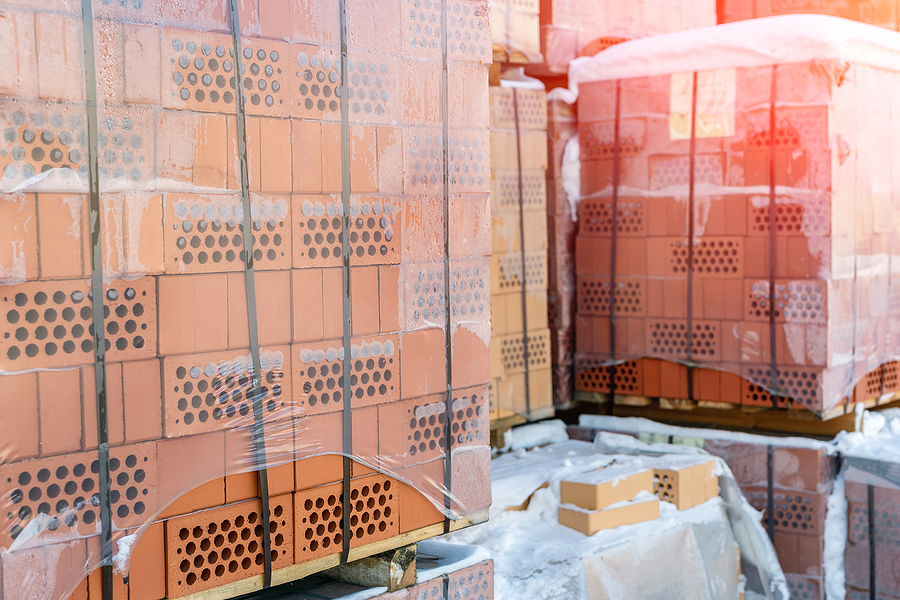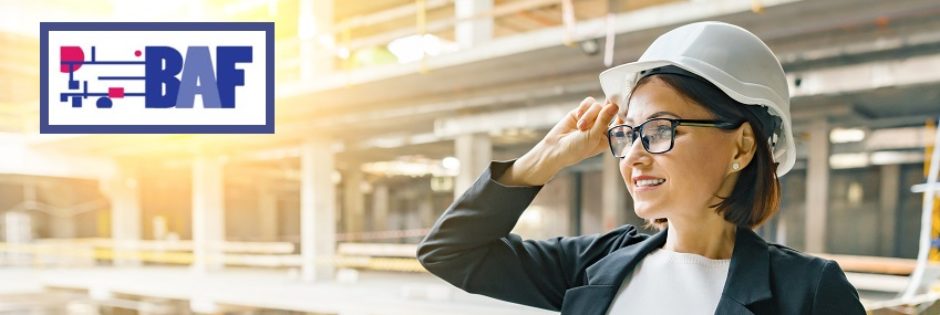Not all business deals and developments wind up successful. Many others simply run into obstacles that set back the construction process for long periods of time, such as lack of funding or economic hardships. Whether you are preparing to stall a current commercial construction project due to unanticipated events, or have recently procured an REO (real estate owned) property and intend on picking up where the construction last stopped, you will need to consider a few important factors.
Continue reading to review some important safety and security considerations for a stalled commercial construction project, and where to get the most proficient commercial construction work in Central Indiana.

A Construction Project Requires Proper Preservation
When a commercial construction project must be stalled, it is vital for the current proprietor and general contracting team takes the proper steps and precautions to ensure the site will be protected until it is ready to be completed. As a real estate procurer, it is equally important that the commercial construction site had been properly safeguarded. If a commercial construction site is not correctly contained and preserved, it will lead to increased costs, safety risks, and longer time delays. The better preserved, the easier it is for a new owner to pick up where the construction process last stopped. It also makes it safer and more efficient, both of which translate into cost savings and liability protection.
Key Elements of Proper Construction Site Preservation
► SAFETY
Safety is the most important factor when it comes to both securing and starting up a stalled commercial construction project. If certain precautions and standards are not upheld, people can get hurt, both while a distressed commercial asset is vacated, and when the construction process picks back up.
Safety Considerations to Take:
✔ The building should be entirely locked up with a quality lock and security system.
✔ Windows and doors within ground reach should be boarded up.
✔ Secure elevator shafts.
✔ Cover floor openings.
✔ Turn off and secure all live wiring and electrical panels.
✔ Notify the local police so they can mitigate criminal activity.
► COSTS
Costs are another important element to consider for commercial construction site safety and security. If you are stalled your construction, but plan on completing it at a later time, be sure you close up and shut down everything in a way that protects your budget. When you pick back up the construction, the better preserved the site was, the less money you have to spend on losses and damages. If you are planning to sell your site without completing the construction, all of these considerations are still important for your potential buyers.
Cost Considerations to Take:
✔ Shut off the main water supply.
✔ Shut off all power to the property with the exception of necessary lighting and refrigeration.
✔ Properly store and protect all construction materials.
✔ Fully secure the grounds to abate vandalism and burglaries.
► TIME
Time is another essential part of the commercial construction stall and rebound process. If you take the proper steps and precautions, a stalled or abandoned commercial construction site takes less time to recover. Buildings should be wrapped if they are not externally finished, while all interior elements, including materials, should be property stored and protected. Your commercial general contractor should be able to address and monitor all of these aspects and more.
Time Considerations to Take:
✔ Prevent erosion, corrosion, mold, and other forms of time-causing damage.
✔ Roofs should be secured in place.
✔ Prepare for the unexpected time delays.
Indianapolis Commercial General Contracting You Can Trust
Contact BAF Corporation at 317-253-0531 for trusted commercial construction services in Indianapolis, Indiana and its surrounding locations. Our skilled and experienced commercial general contractors serve all corporate, commercial, and industrial industries in Indianapolis, Indiana and its surrounding districts. Call today to request free information or to schedule a consultation.

